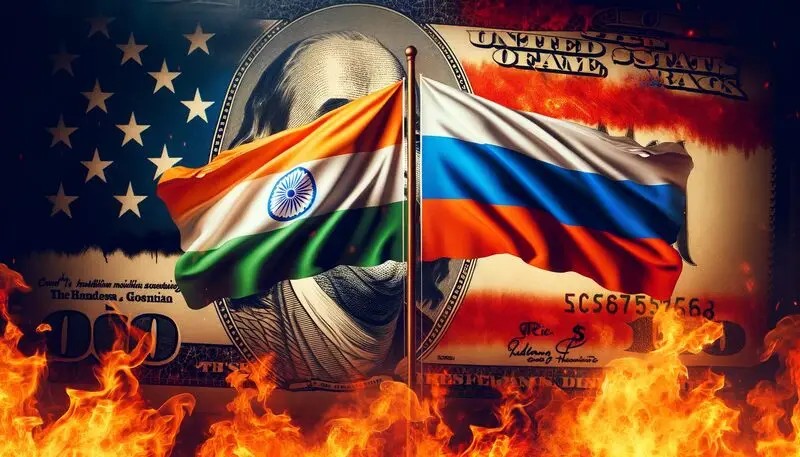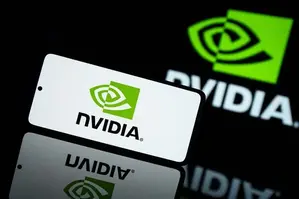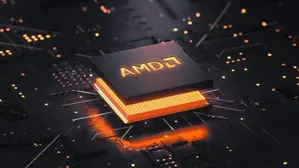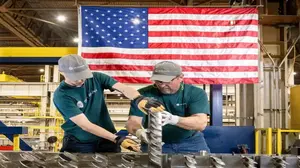The De-dollarization process is reshaping international trade as Russia and India strengthen their financial partnership, with 90% of direct transactions now conducted in national currencies. This strategic shift marks an important change in the dynamics of the global economic stage, particularly affecting trade relationships between major economies. The Russia economy and India economy demonstrate how national currencies can replace traditional dollar-based trading systems.
Also Read: Should You Buy Warren Buffett-Backed Oil Giant Chevron (CVX) Stock?
How Russia and India’s Move Toward National Currencies Affects the Global Economy
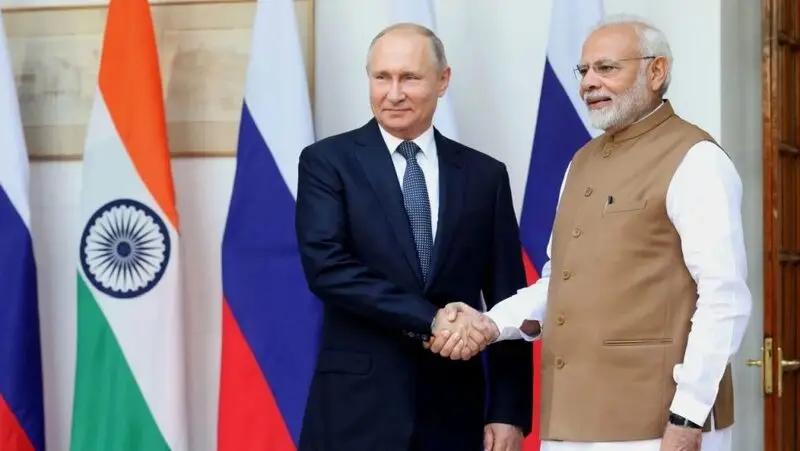
Trade Volume Reaches New Heights
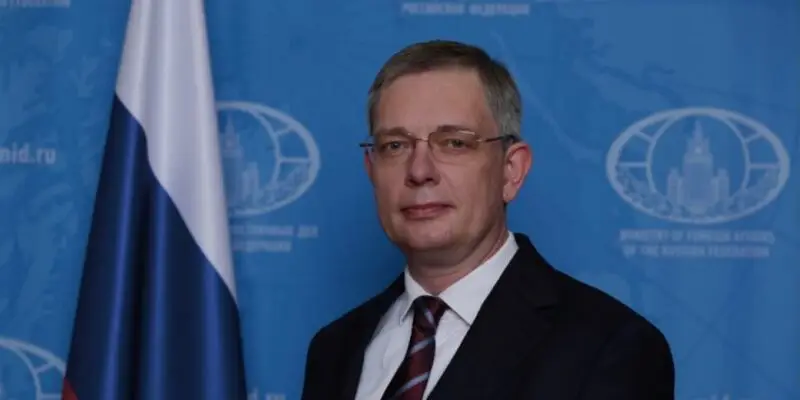
Bilateral trade between Russia and India has shown remarkable growth in their de-dollarization efforts. Russian Ambassador to India Denis Alipov stated:
“Mutual payments in national currencies are stable. As of today, national currencies account for around 90% of direct payments between Russia and India.”
Trade statistics reflect this growth, with bilateral exchange reaching $64.5 billion in the first 11 months of 2024. The Russia economy saw exports to India reach $60 billion, marking a 7.7% increase, while the India economy experienced a 23.3% growth in exports to Russia, reaching $4.5 billion.
Payment Systems Integration
The transition to national currencies strengthens considerably as both of the nations are working towards the integration of their financial systems. Only time will tell if they actually succeed. Discussions are set to continue about the mutual recognition of Russia’s Mir and India’s RuPay payment systems, marking another step in de-dollarization efforts.
Also Read: Tesla’s 11,509 Bitcoin Stash Worth Over $1 Billion Revealed in SEC Filing
Military-Technical Cooperation
Ambassador Alipov emphasized the depth of defense cooperation:
“Systems of Russian or Soviet design account for more than 50% of India’s weaponry and up to 90% in some sectors. Among the most successful joint ventures is the production of BrahMos advanced supersonic cruise missiles that started in 1998.”
Russia’s economy has some great benefits from this partnership through their joint ventures, while India’s economy gains more and more technological expertise. Ambassador Alipov further detailed:
“There is no reason to question that our unique ties in the area of military-technical cooperation, which have been the basis for our bilateral privileged strategic partnership for decades, will continue strengthening. Cooperation with Russia is a key factor of boosting India’s defense potential.”
Future Economic Implications
De-dollarization continues to reshape global trade patterns as Russia secures its position as India’s second-largest supplier after China. The success of national currencies in bilateral trade demonstrates the viability of alternative payment mechanisms in international commerce.
Also Read: Shiba Inu Price Prediction For 2049: Will SHIB Touch $1 Or Not?
